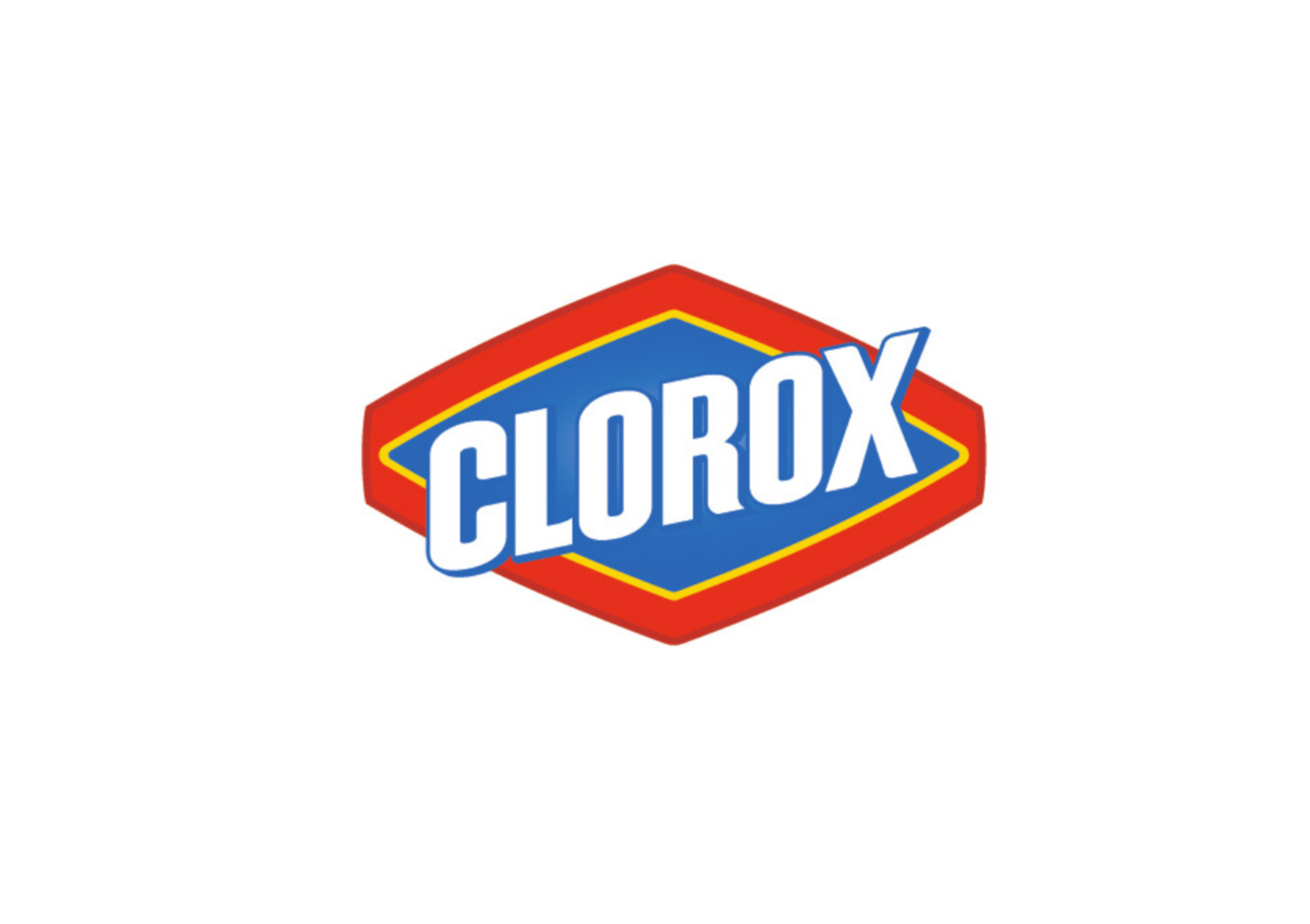
Clorox's Dividend and Long-term Outlook Appear Intact Despite Inflationary Headwinds
Clorox shares were hammered Friday, down nearly 15%, following an earnings report that fell short of analyst expectations.
In 2020, the maker of disinfecting wipes and bleach was an early pandemic darling whose stock price soared as demand for sanitization products exceeded supply.
Management had predicted this pandemic-induced spike in demand would persist as part of the "new normal," but sales ultimately dropped 8% last quarter.
However, when comparing recent sales data to 2019, Clorox's revenues are actually up a solid 19%, suggesting the long-term trajectory of the business remains healthy.
More worrisome at the moment for Clorox investors are the inflationary impacts pressuring the firm's profitability.
In recent years Clorox has maintained gross margins in the mid-40% range, but the accelerating costs of manufacturing, shipping, and commodities such as resin have compressed gross profits to 33% of sales.
Further complicating the situation, as demand was peaking in 2020, Clorox contracted with some higher-priced third-party manufacturers and alternative shipping companies to get more products to the market faster. These pricey contracts have become problematic as volumes have declined.
Fortunately, these are short-term commitments that can start falling off this year if they're no longer needed.
Overall, management was ill-prepared for an environment of both declining sales volumes and a rapid rise in production and shipping costs.
In total, inflationary costs may reach $500 million this fiscal year, or roughly 7% of Clorox's revenue. As such, the Pine-Sol maker's earnings guidance has been revised lower, and profits may no longer cover the firm's dividend commitment.
In response, Clorox has been cutting expenses and passing price increases on to customers. By the end of this fiscal year, the company will have raised prices on around 85% of its products, with most of the benefits coming to fruition in the next fiscal year starting in July.
With a payout ratio that could exceed 100% in the year ahead, the A- rated Clorox may need to leverage its strong balance sheet to cover part of the dividend until margins are restored in the years ahead.
While some companies could look to reduce their dividend to improve coverage in such a situation, we expect Clorox will maintain its impressive 44-year dividend growth streak and declare a modest raise this summer. As such, we are reaffirming Clorox's Safe Dividend Safety Score.
Looking beyond the current slump, Clorox has a long and stable history and boasts a strong portfolio of essential products, of which over 80% hold the number one or two spots in category market share.
Although there will likely be continued volatility in the next year or two as Clorox works through inflationary challenges, in the long run, the company's strong brand portfolio should help restore margins and improve dividend coverage.
We would suggest current investors maintain their position in Clorox for now as most of the bad news appears to be already baked into the stock price, with the dividend yield at a 5-year high. And new investors may find this an attractive entry price if they believe Clorox will successfully navigate inflationary headwinds and return to prior levels of profitability.
We will continue monitoring the situation and provide updates as needed.

